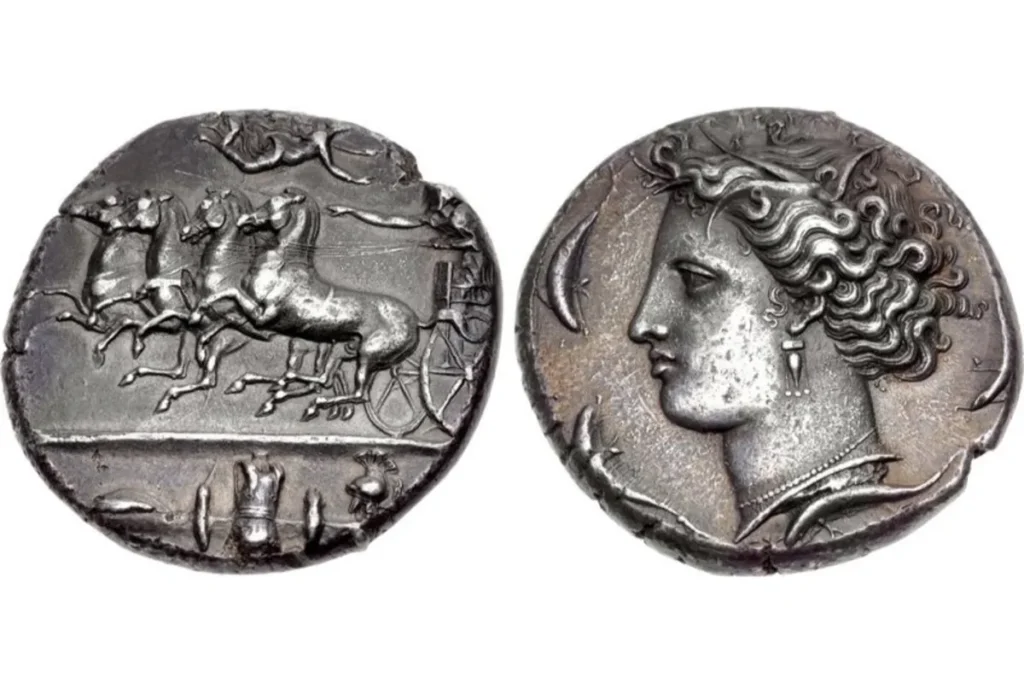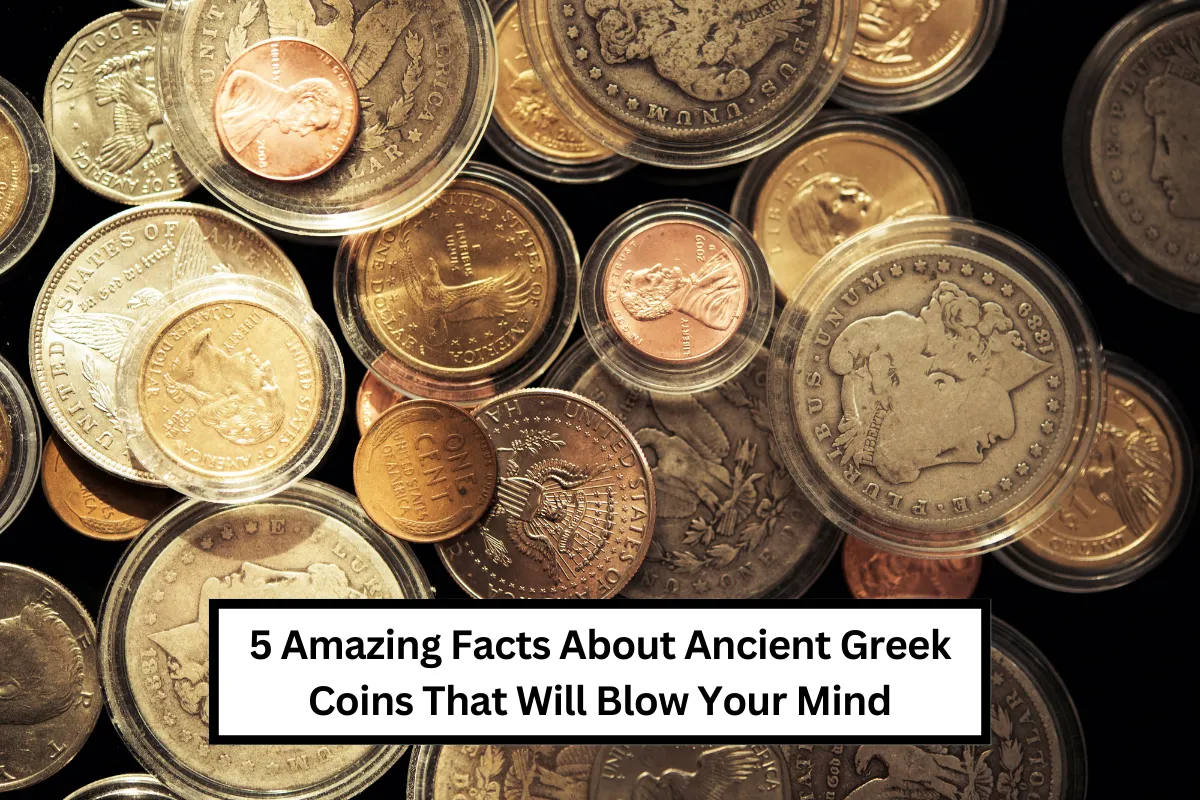Ancient Greek coins are not just relics from a past civilization; they are valuable pieces of history that reveal much about the Greek city-states, their leaders, and their economy.
These coins were more than just money; they were symbols of power, art, and culture. Let’s uncover seven fascinating facts about these ancient treasures that will amaze you.
The Birthplace of Coinage

While various cultures created coins, Ancient Greece is often recognized as one of the first to systematically develop metal coinage around the 7th century BC.
Initially, Greek coins were made from electrum, a natural alloy of gold and silver. These early coins were stamped with designs to authenticate their value.
- Tetradrachm: Made of silver, from 5th century BC, featuring Athena and an owl.
- Stater: Made of silver, from 6th century BC, featuring a sea turtle from Aegina.
- Croeseid: A bimetallic coin from Lydia, made of gold and silver, dating back to the 6th century BC.
The Tetradrachm: Symbol of Athenian Power
The tetradrachm, minted in Athens during the 5th century BC, became one of the most well-known and widely circulated coins of the ancient world. It was crucial for trade across the Mediterranean, reflecting Athens’ commercial dominance. Featuring Athena on one side and her owl on the other, it’s often referred to as the “Owl of Athena.” Its trusted weight and purity made it a popular choice for transactions.
Designs with Deep Symbolism
Greek coins were more than just currency; they were used to send messages of power and influence. City-states often featured their patron gods, heroes, and symbols on their coins. For example, Corinth used Pegasus, the winged horse, and Knossos displayed the Labyrinth, linking it to the Minotaur myth.
Rare Coins Unearthed in Greece

Recent archaeological finds in Greece have uncovered coins from the 6th to 4th centuries BC, showcasing the rich and diverse culture of ancient Greece. Among the rarest finds are Olympic coins, which emphasize the cultural significance of sports in Greek society.
Coin Making: A Labor of Precision
Crafting ancient Greek coins was a meticulous process. Skilled artisans engraved designs onto bronze or iron dies. Blank metal discs, made of gold, silver, or electrum, were heated and struck to form coins. Each coin was hand-stamped, making every piece unique.
1. What is the significance of the tetradrachm?
The tetradrachm was an important currency in ancient Greece, widely used in trade and reflecting Athenian power. It featured Athena and her owl, symbolizing wisdom and protection.
2. How were ancient Greek coins made?
Ancient Greek coins were made by stamping metal discs with designs using engraved dies. The process involved heating and striking the discs, making each coin unique.
3. Why are some Greek coins considered rare?
Some Greek coins are rare due to their age, historical significance, or limited production. Coins from major events, like the Olympics, are particularly valuable.
4. What did the designs on Greek coins represent?
Greek coin designs often depicted gods, heroes, or symbols important to the city-state that issued them. These designs conveyed messages of power, influence, or mythology.
5. Where have rare Greek coins been found?
Rare Greek coins have been discovered in various archaeological sites in Greece, with some dating back to the 6th to 4th centuries BC. These finds offer insights into ancient Greek culture and trade.










